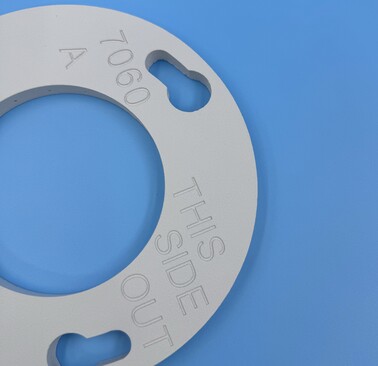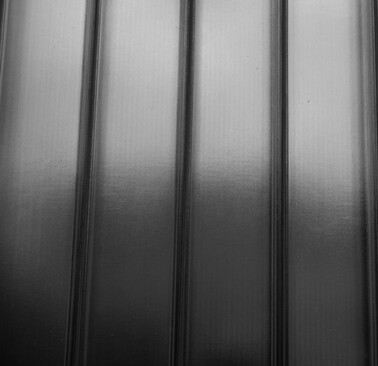What is powder coating?
Powder coating is a finishing process used to apply a durable, protective layer to various surfaces, particularly metals.
It involves spraying a dry powder composed of finely ground particles of pigment and resin onto the surface of the object. The powder is electrostatically charged, which helps it adhere to the electrically grounded surface. Once coated, the object is heated in an oven, causing the powder to melt and form a uniform, smooth, and solid layer.
Powder coating provides a high-quality finish that is resistant to chipping, scratching, and corrosion, making it ideal for both industrial and consumer applications.















